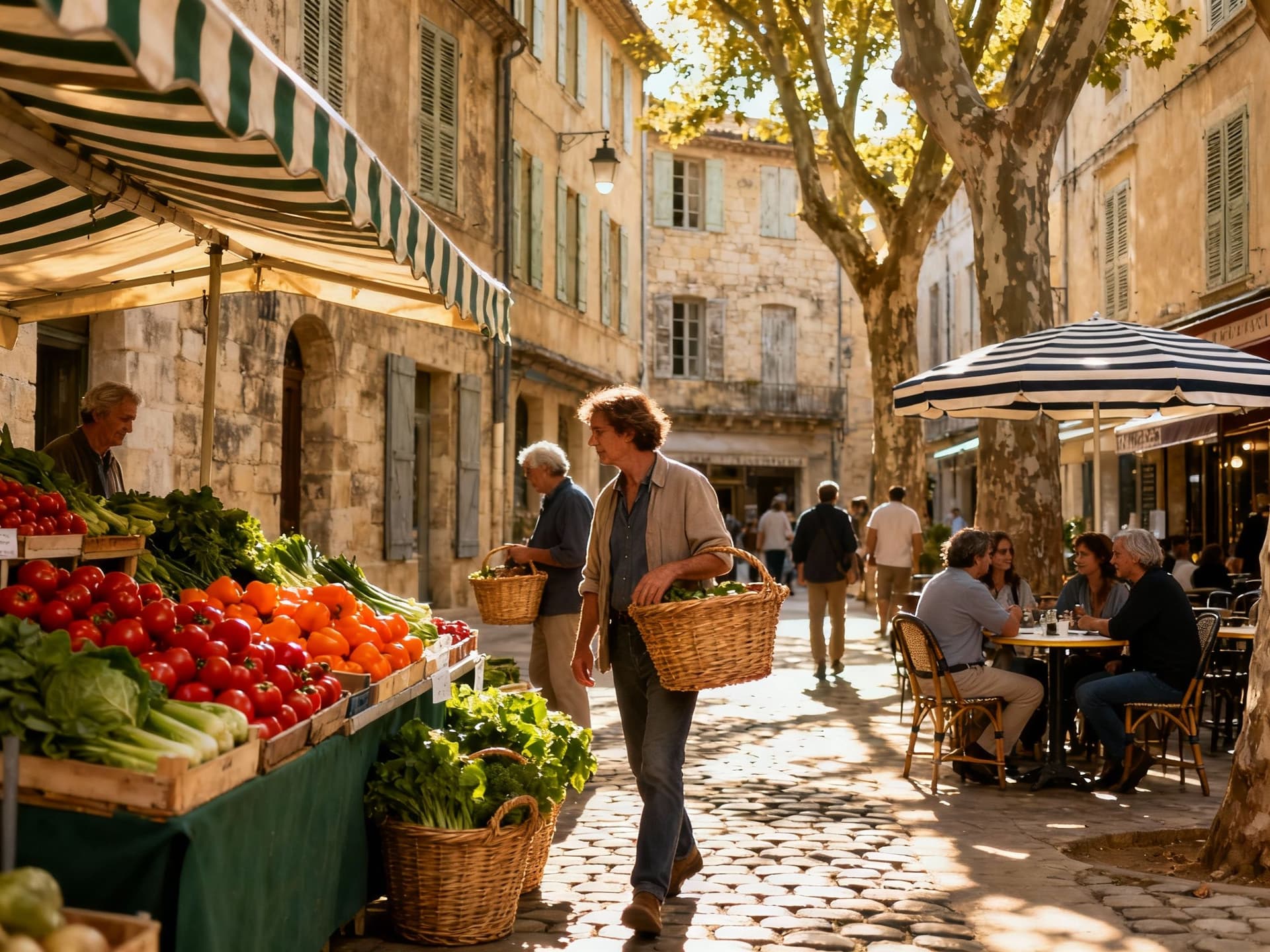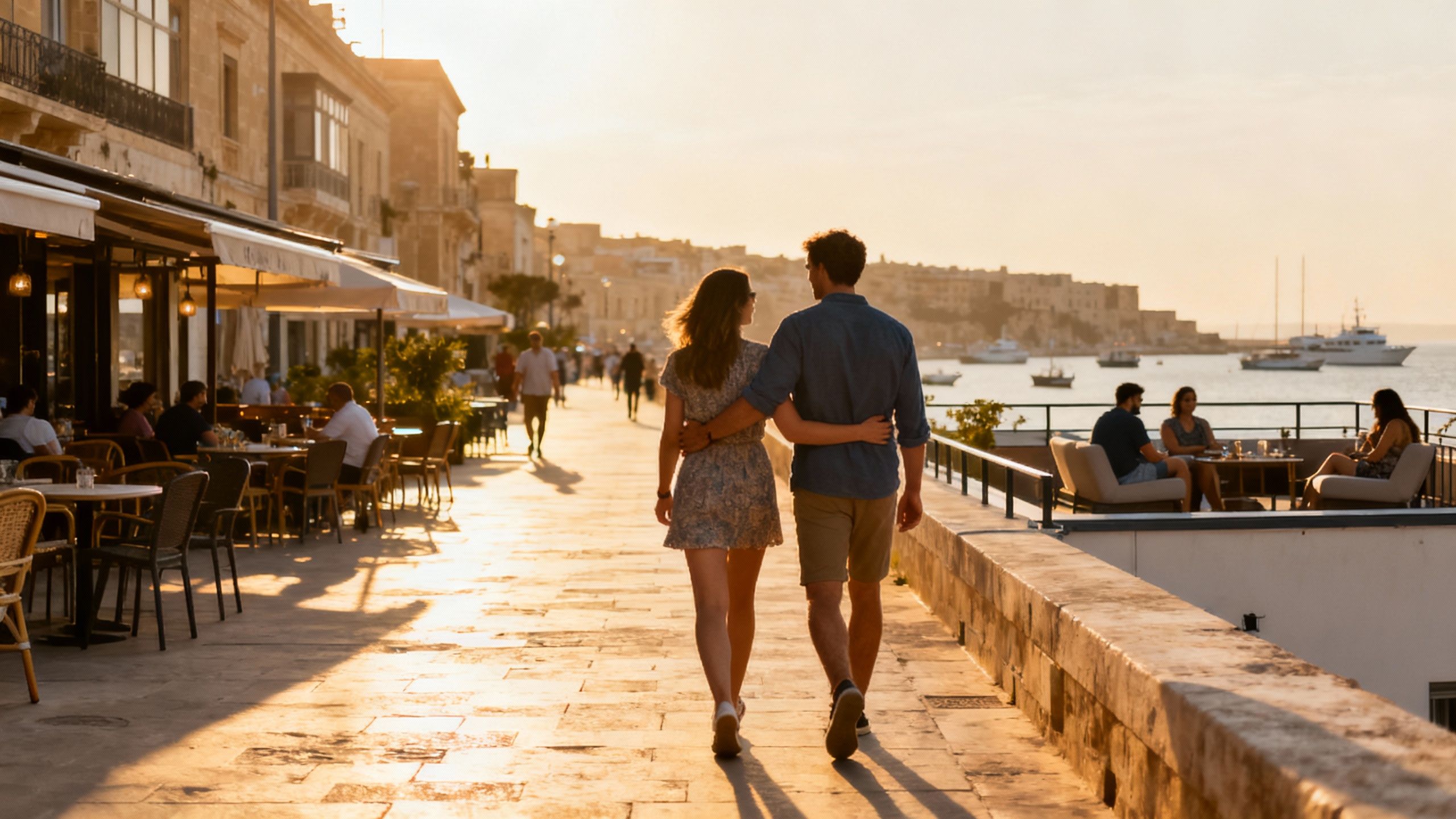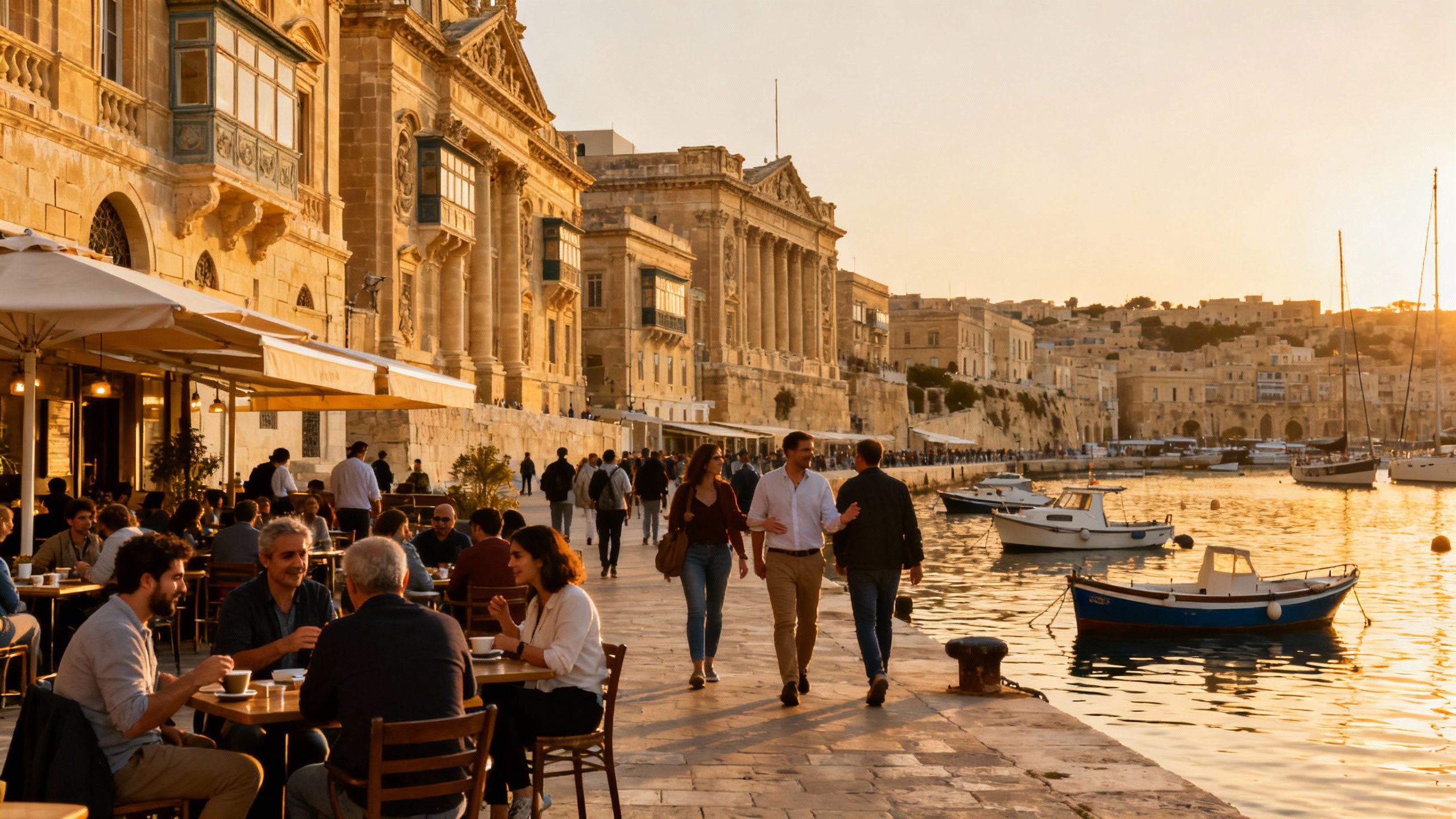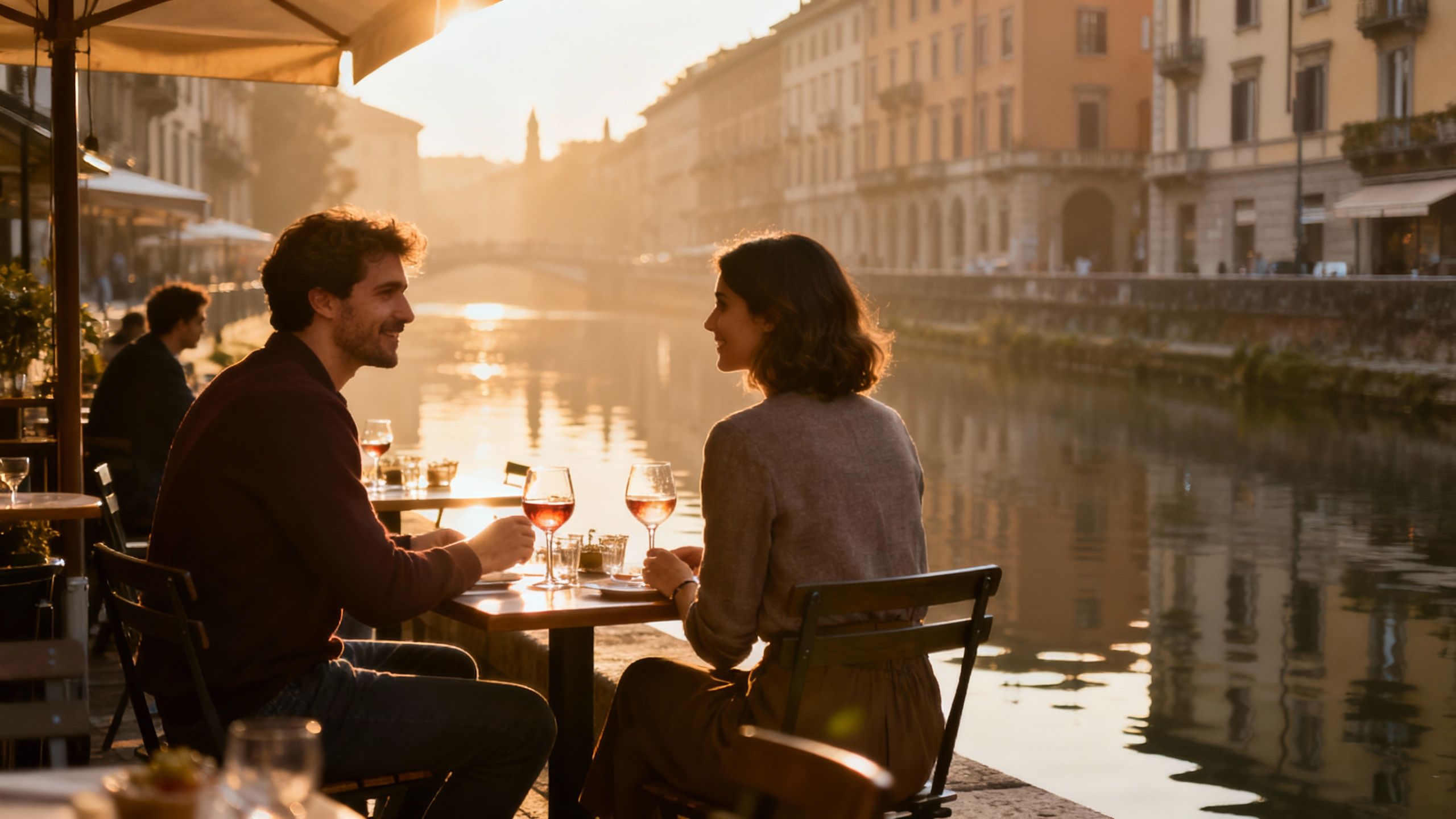Provincial France: The Quiet Streets Where Value Lingers
Provincial France hides neighbourhoods where market-day routines, restored stone houses and steady price growth reward buyers seeking lifestyle and long-term value.
Imagine a late-September afternoon in Provence: sunlight on honeyed limestone, a market on Rue des Frères where a vendor is slicing fig jam into paper cups, and the lane beside the mairie—quiet, lined with plane trees—holds three restored stone houses with shuttered windows. This is the rhythm buyers come to France for: measured, tactile and place-rich. Yet the neighbourhoods that deliver that life are not always the headline addresses. Recent French data show provincial prices stabilising and, in pockets, quietly appreciating—proof that value and lifestyle often travel together off the beaten track. (Sources below.)
Living the provincial French life

Province in France is not a single mood but a collection of local tempos: coastal mornings that begin with fishermen’s engines in Brittany, market-ridden Tuesdays in Aix-en-Provence, and the late-evening café conversations of Bordeaux’s Chartrons. You will trade the immediacy of metropolitan services for space, provenance and a tactile calendar of seasons—harvests, fêtes votives, and the annual closure of summer terraces. For many international buyers that cadence is the point; for others it is the long-term bet on value that moves more slowly and more surely than headline city markets.
Where locals actually live: village centres and market streets
Walk beyond the tourist square in towns such as Uzès, L’Isle‑sur‑la‑Sorgue or Vannes and you’ll find the row houses, narrow courtyards and modest townhouses that locals favour. These properties often need sympathetic restoration but reward owners with generous volumes, cellars, and a social life delivered by weekly markets on the main street. For an international buyer who values authenticity, these streets offer a livability that the Riviera’s villas sometimes lack: neighbourly ties, regular commerce and a sense of continuity.
Food, market life and daily rituals
Markets shape mornings: from Coustellet’s Saturday marché to the fish stalls of La Rochelle. Weekends become errands that double as social hours—buying produce becomes an entrée into community life. INSEE notes that provincial prices rose in early 2025, underscoring that this lifestyle remains in demand even as macro cycles shift. That social fabric—cafés where proprietors know your name, bakery lines, and school fêtes—matters when you imagine living in France beyond a holiday.
- Lifestyle highlights to seek in provincial France • A weekly covered market (supply and neighbours) • A mairie with active community notices (local events) • Proximity to a TGV or regional rail link (access without Parisian congestion) • A nearby cooperative boulangerie or fromagerie (daily rites) • An atelier or artisan presence (craft and restoration support)
Making the move: property types that suit the life

If your aspiration is light-filled mornings and a garden table for long lunches, the property form you choose will determine the life you live. A village maison de ville with a courtyard suits someone who wishes to be centred in social life; a small mas or farmhouse on the outskirts gives room for a garden and privacy. Recognise that traditional layouts—cellars, attics, stone walls—demand particular renovation skills and compliance with local planning practices. The reward is palpable: original beams, stone thresholds and a roofline that reads centuries.
Architectural types and everyday use
Classic provincial types—townhouse (maison de bourg), farmhouse (mas), and low-rise apartment in a marché town—offer different relationships to community and maintenance. Townhouses place you within walking distance of cafés and schools. Farmhouses reward with land and autonomy but often require agrément for water, septic systems, and energy upgrades. For many buyers the choice is less binary than complementary: a pied-à-terre in a town and a restored farmhouse an hour away gives both social life and leisure landscape.
Working with specialists who know the rhythm
A local notaire, an architect experienced in heritage renovation, and an agent who circulates in village markets are the team that turns aspiration into reality. Agents who specialise in provincial stock will know seasonal availability—many sellers list after harvest or in autumn—and the local craftsmen who can make a project feasible. Trust agencies that can show provenance (previous owners, restoration permits) and offer measured, documented estimates rather than sales rhetoric.
- Steps to align lifestyle and transaction 1. Spend three distinct visits: market day, weekday morning, and an evening in low season. 2. Commission a local diagnostic (termites, lead, energy) and a measured renovation quote. 3. Secure a notaire and request any servitude or cadastral history. 4. Agree a phased renovation budget with contingency (15–25%). 5. Arrange local property management for off-season stewardship.
Insider knowledge: what expats wish they’d known
Buyers often arrive imagining instant integration. The reality is slower: friendships grow around routines—school pickups, boulangerie queues, communal fêtes. Practically, energy performance and roof condition govern long-term costs more than stamp duty. INSEE’s recent figures show modest provincial price increases in early 2025, suggesting that careful buyers who favour quality over spectacle can secure both lifestyle and reasonable capital resilience.
Cultural notes that change where you buy
Local customs matter: village councils (conseil municipal) decide on festivals and some planning choices; syndicats intercommunaux manage waste and water; and many small communes have building restrictions to preserve façades. Language fluency accelerates trust but is not essential; a few phrases and consistent presence build acceptance. Remember that local life values long-term stewardship—neighbours notice when a property is treated as an investment rather than a home.
Long-term lifestyle and stewardship
Think in decades. Properties with genuine provenance, solid masonry and original features often outperform flashier remodels because they are easier to maintain and more desirable to future owners who prize authenticity. Notaries and market indices show that provincial markets have steadied, rewarding patient buyers who invest in repair and local relationships rather than speculative flipping.
- Red flags to watch for • Large unexplained price drops on comparable houses (possible structural or legal issues) • Missing diagnostic reports (termites, lead, asbestos) • Unclear boundary deeds or servitudes that restrict use • Neighbourhood decline indicators (closed shops, derelict buildings) • Overly optimistic renovation budgets without local quotes
Provence, Brittany, Dordogne, and parts of Occitanie offer the sensory life many buyers seek, but the quiet streets of less-publicised towns often combine that life with value. Begin with visits that prioritise routine days, enlist local specialists, and place stewardship above spectacle. If you love the market mornings, the courtyard lunches, and the slow return of the seasons, provincial France will reward a careful purchase with an enduring life.
Former Copenhagen architect who relocated to Provence, offering relocation services, market analysis, and a curator’s eye for authentic regional design.


